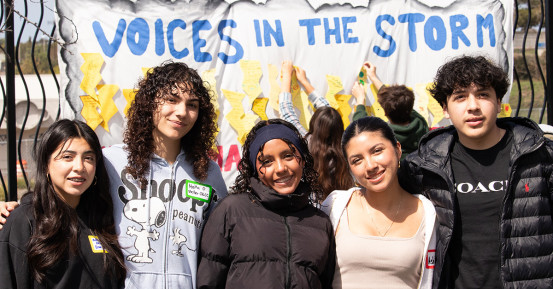By:
- Amanda Rubalcava
Published Date
By:
- Amanda Rubalcava
Share This:
Top Stories of 2020
UC San Diego’s Year in Review
There’s no doubt 2020 has been a year unlike any other, forcing each of us to rethink how and, often, why we do things. Yet in the face of so much disruption and uncertainty, the UC San Diego community forged ahead and continued to do what we do best—innovate and inspire change.
Since spring, the campus’s multifaceted Return to Learn program and efforts toward combatting COVID-19 have kept the rate of infection low on campus and achieved national acclaim, landing on the radar of public health experts across the country. In addition to the critical work surrounding COVID-19, our students, faculty and staff have continued to lend their talents toward an array of creative contributions on campus and around the world —from uncovering ancient fossils in an underwater cave to developing the university’s first all-virtual Homecoming experience.
Here's a look back at some of UC San Diego’s inspiring innovations, insights and achievements from the past year.
Developing a nationally recognized campus safety plan
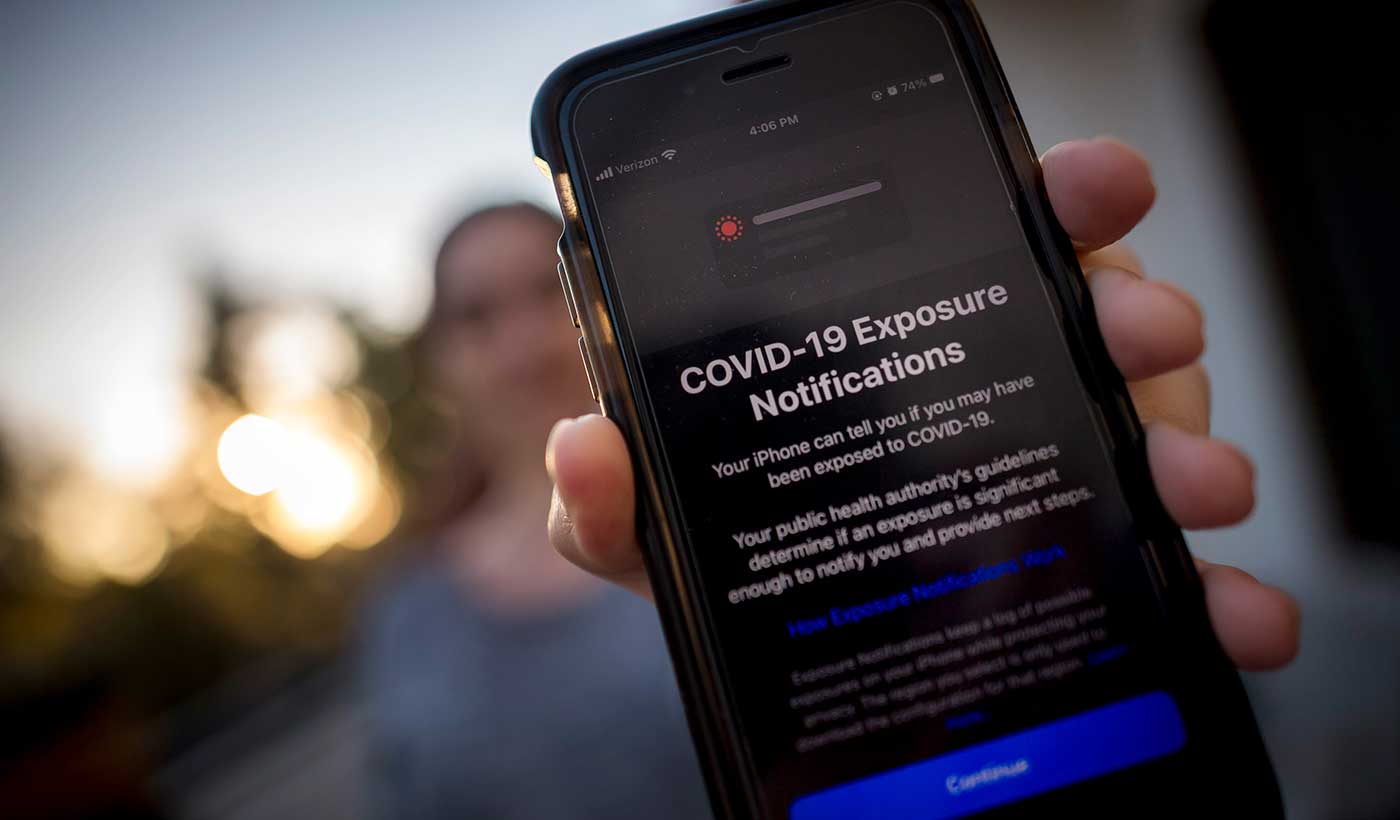
The CA Notify exposure notification system piloted at UC San Diego has launched statewide. Photo by Erik Jepsen/University Communications
Launched in May, UC San Diego’s Return to Learn program was developed to protect the health and wellbeing of the UC San Diego campus community during the global COVID-19 pandemic. The evidence-based plan was designed with three adaptive pillars: risk mitigation, viral detection and intervention, which together have contributed to successfully maintaining low positivity rates at the university. And the program continues to evolve—including weekly self-administered student testing kits and an expansion of a comprehensive wastewater viral monitoring program. In addition, UC San Diego served as a pilot site for CA Notify, a smartphone-based exposure notification system that recently expanded statewide in partnership with UC San Diego Health. With this effort, the campus has created a successful model that can be generalized and used to inform other reopening efforts, especially in education.
On the front lines of COVID-19 vaccine research
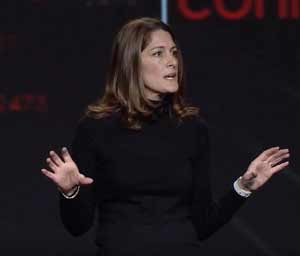
Rommie Amaro, Professor of Chemistry and Biochemistry, University of California San Diego.
From the start of the pandemic, the university has taken a lead in not only treating patients with COVID-19, but in advancing research on the virus and conducting clinical trials of vaccine candidates. In March, computational chemist and biophysicist Rommie Amaro led efforts to build the first complete all-atom computer model of the SARS-COV-2 coronavirus envelope, which can help researchers design new coronavirus drugs and vaccines. In October, UC San Diego became a testing site for a third clinical trial to test a coronavirus vaccine. The university has been a testing site for three of the big four clinical trials: Moderna, AstraZeneca and Janssen/Johnson & Johnson.
Wi-Fi from a chip smaller than a grain of rice
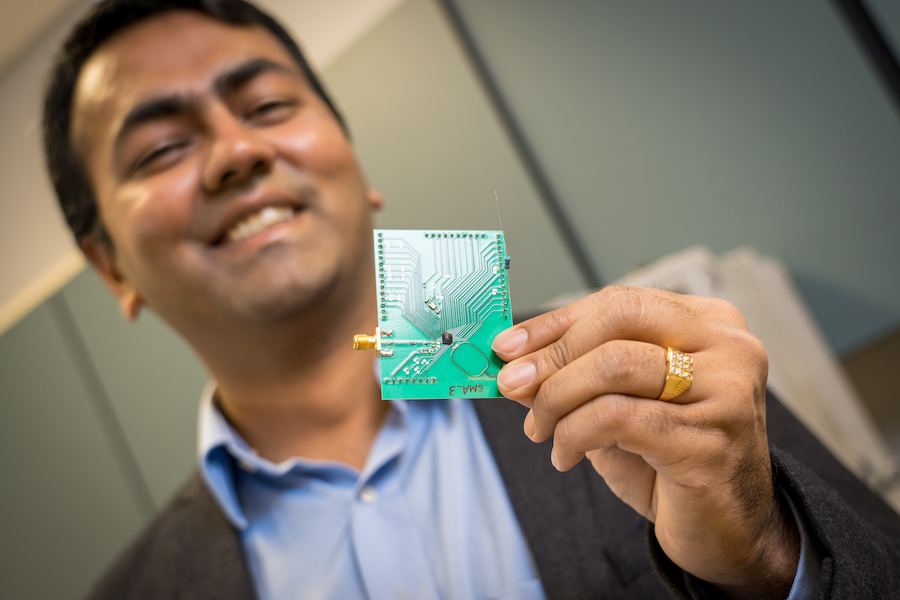
UC San Diego electrical and computer engineering professor Dinesh Bharadia holds a PCB onto which the Wi-Fi radio is mounted (component underneath the black blob).
Electrical engineers developed a new ultra-low power Wi-Fi radio that would allow for smaller, fully wireless Internet of Things (IoT) setups. The device is housed in a chip smaller than a grain of rice and enables IoT devices to communicate with existing Wi-Fi networks using 5,000 times less power than today’s Wi-Fi radios. It also transmits data at a rate of 2 megabits per second, creating a connection fast enough to stream music and most YouTube videos.
Topping the higher education charts
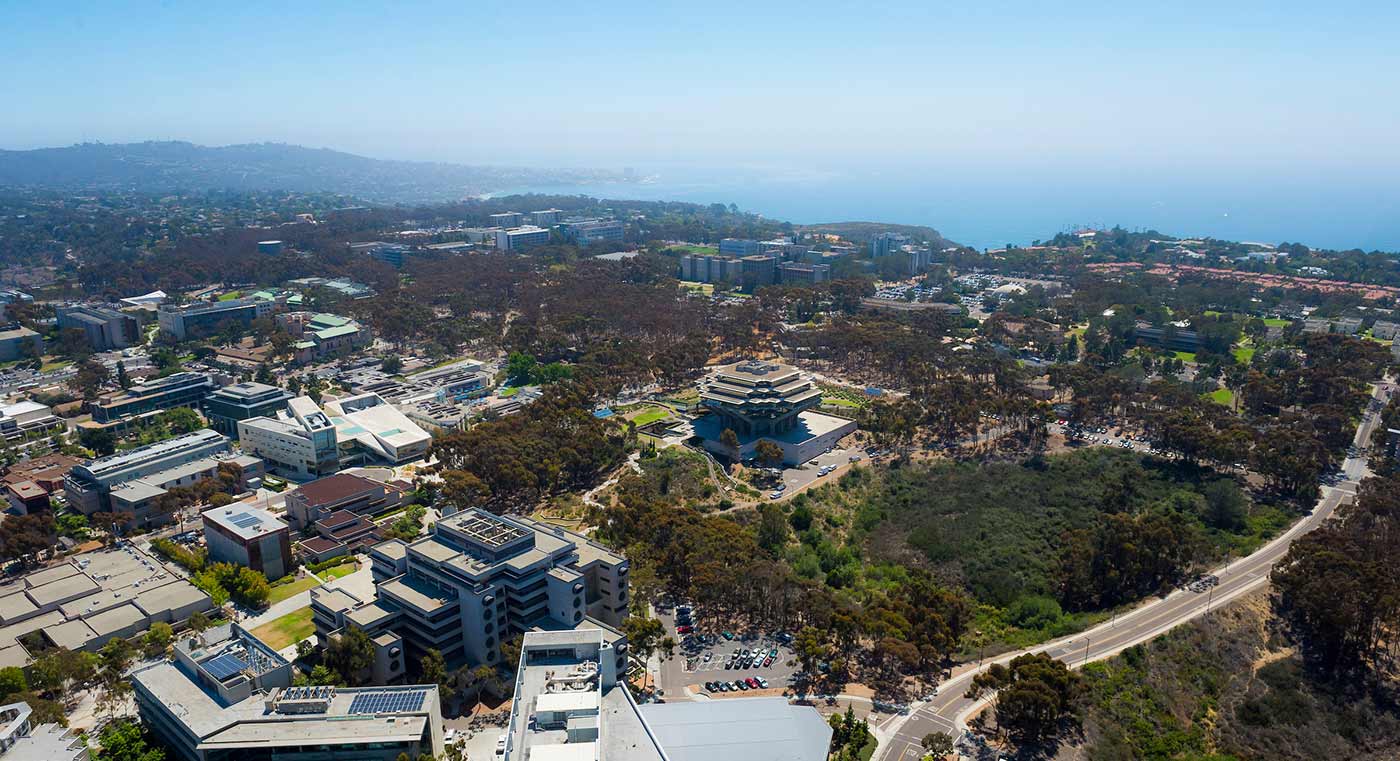
UC San Diego campus. Photo by Erik Jepsen/University Communications
UC San Diego is consistently recognized as one of the top-rated public research institutions in the nation and across the globe, and earned many prestigious rankings this year. A few highlights: Forbes ranking us second among higher education institutions in their third annual ranking of the best employers for women; recognition as the nation’s fourth best public university in the 2020 Academic Ranking of World Universities; and, once again, achieving the top spot in Washington Monthly’s 2020 College Guide and Rankings based on our contributions to social mobility, research and public service—a feat UC San Diego has achieved consistently over the past decade.
Accolades are music to our ears
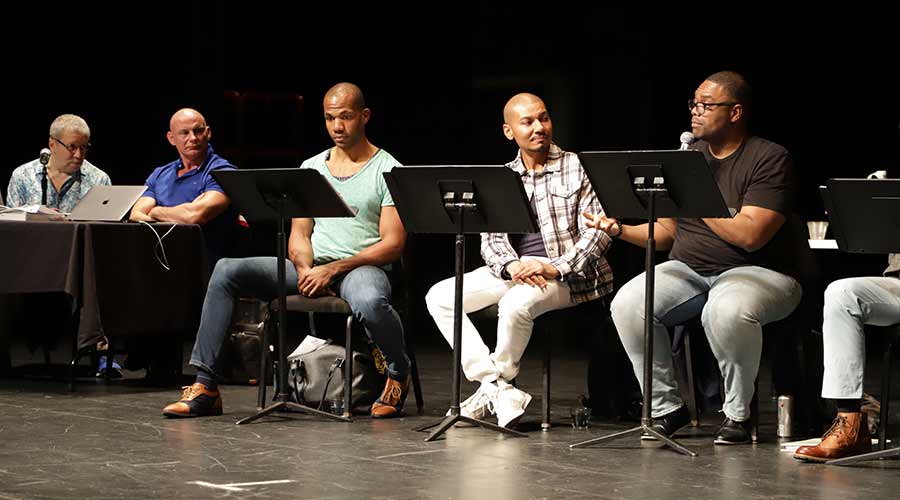
From left, Anthony Davis and Long Beach Opera Artistic and General Director Andreas Mitisek in conversation with "The Central Park Five" performers Derrell Acon, Cedric Berry and Bernard Holcomb (not pictured, Orson Van Gay and Nathan Granner). Photo by Sam Sprague/Division of Arts and Humanities
Two composers were internationally recognized for their exceptional work this year. Anthony Davis was awarded the 2020 Pulitzer Prize in Music for his opera ‘The Central Park Five,’ making him the third UC San Diego faculty member to receive the award. Chinary Ung was inducted into the American Academy of Arts and Letters, becoming the first UC San Diego faculty member to receive the prestigious honor.
Advancing the future of health
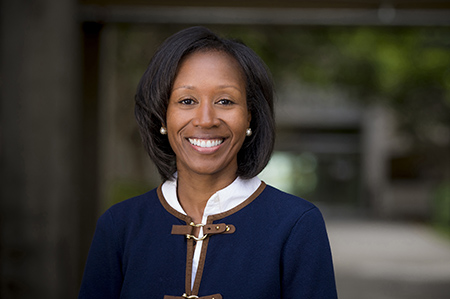
Dr. Cheryl Anderson. Photo by Erik Jepsen/University Communications
This year saw significant achievements towards promoting a healthier future for all. A June study showed that a one-time treatment that generated new neurons could eliminate Parkinson’s disease in mice, signaling what could one day be a new therapeutic approach for Parkinson’s disease and other neurodegenerative diseases. That same month, epidemiologist Dr. Cheryl Anderson was named founding dean of The Herbert Wertheim School of Public Health and Human Longevity Science, and will lead the ambitious effort to engage the entire university in a quest for optimal health for all citizens.
‘Magic mushrooms’ may manage pain
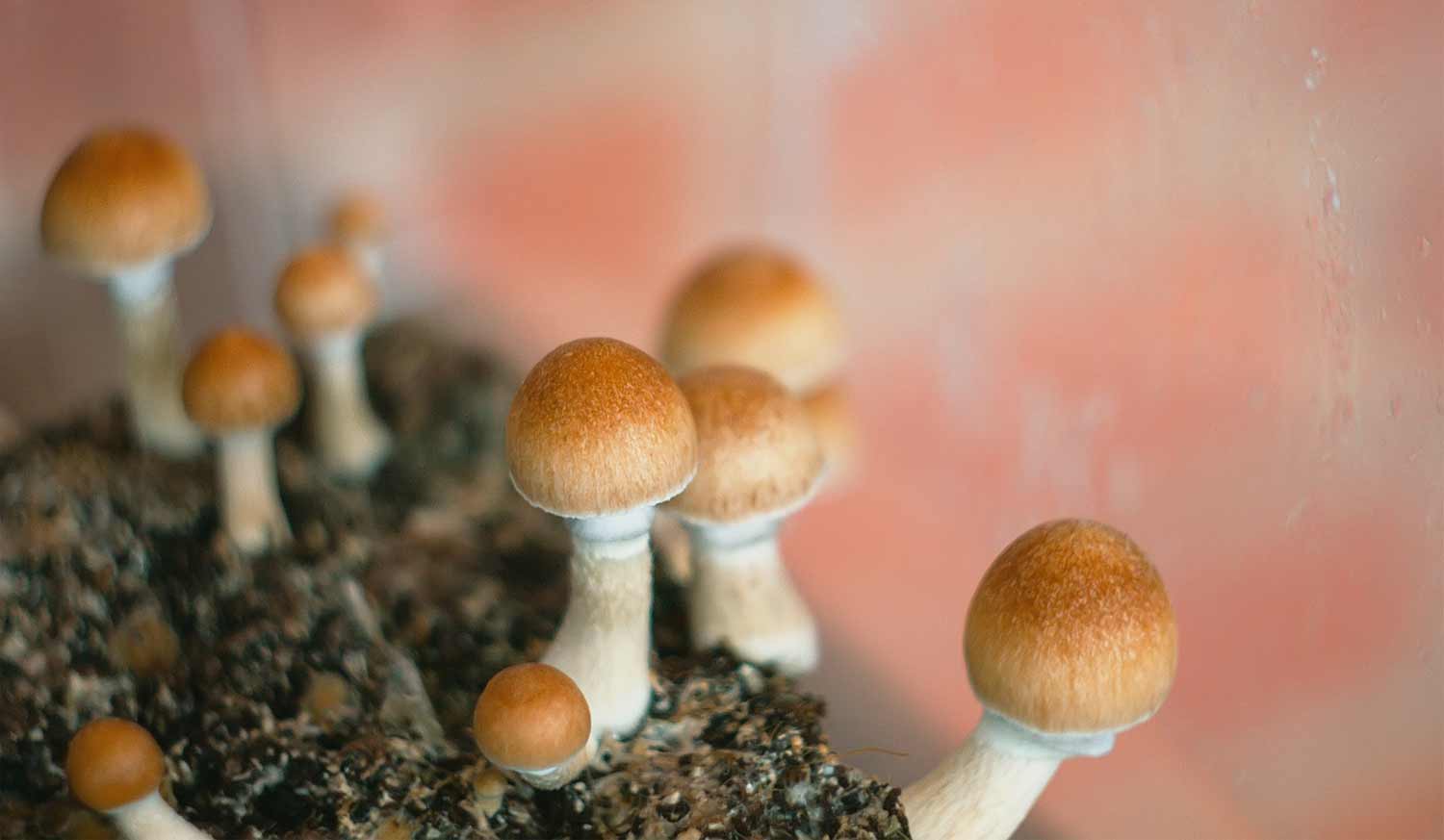
Scientifically known as Psilocybe cubensis, this mushroom species’ active ingredients are psilocybin and psilobin. iStock.com/horkins
There’s potential for psychedelics to address chronic pain conditions. Preliminary findings from a review paper showed that psychedelics can produce significant, meaningful and lasting reductions of chronic pain conditions such as cluster headache, phantom-limb pain and others. This study also offers insight into a new non-addictive approach to pain treatment that can be an alternative to opioids.
Shutting down coal-fired plants saves lives
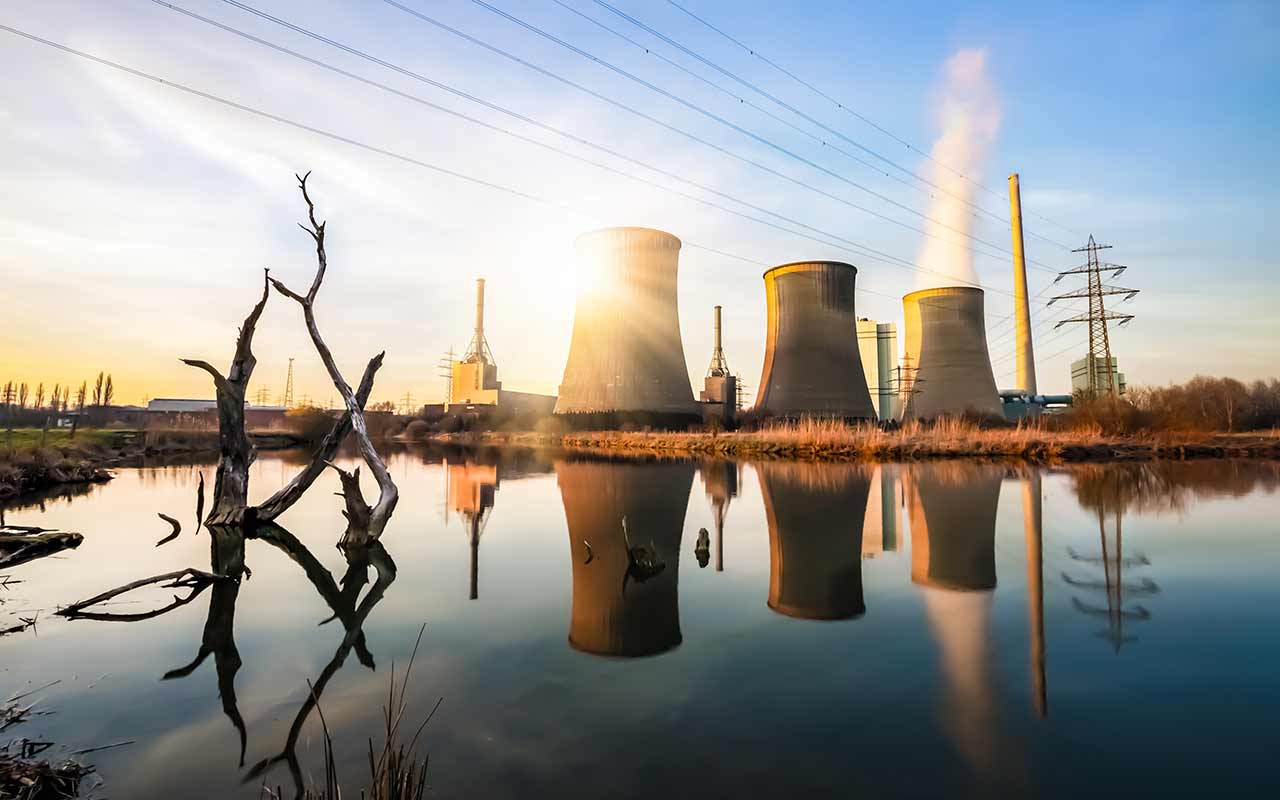
iStock images
Findings from environmental scientist Jennifer Burney showed that between 2005 and 2016, the shutdown of coal-fired units saved an estimated 26,610 lives. The transition away from coal also saved 570 million bushels of corn, soybeans and wheat in their immediate vicinities. The analyses add insight into the global health consequences of pollutants, allowing policymakers and communities to better understand that often the same processes that cause climate change also produce aerosols, ozone and other compounds that cause important damages.
Discovering bones from the Ice Age
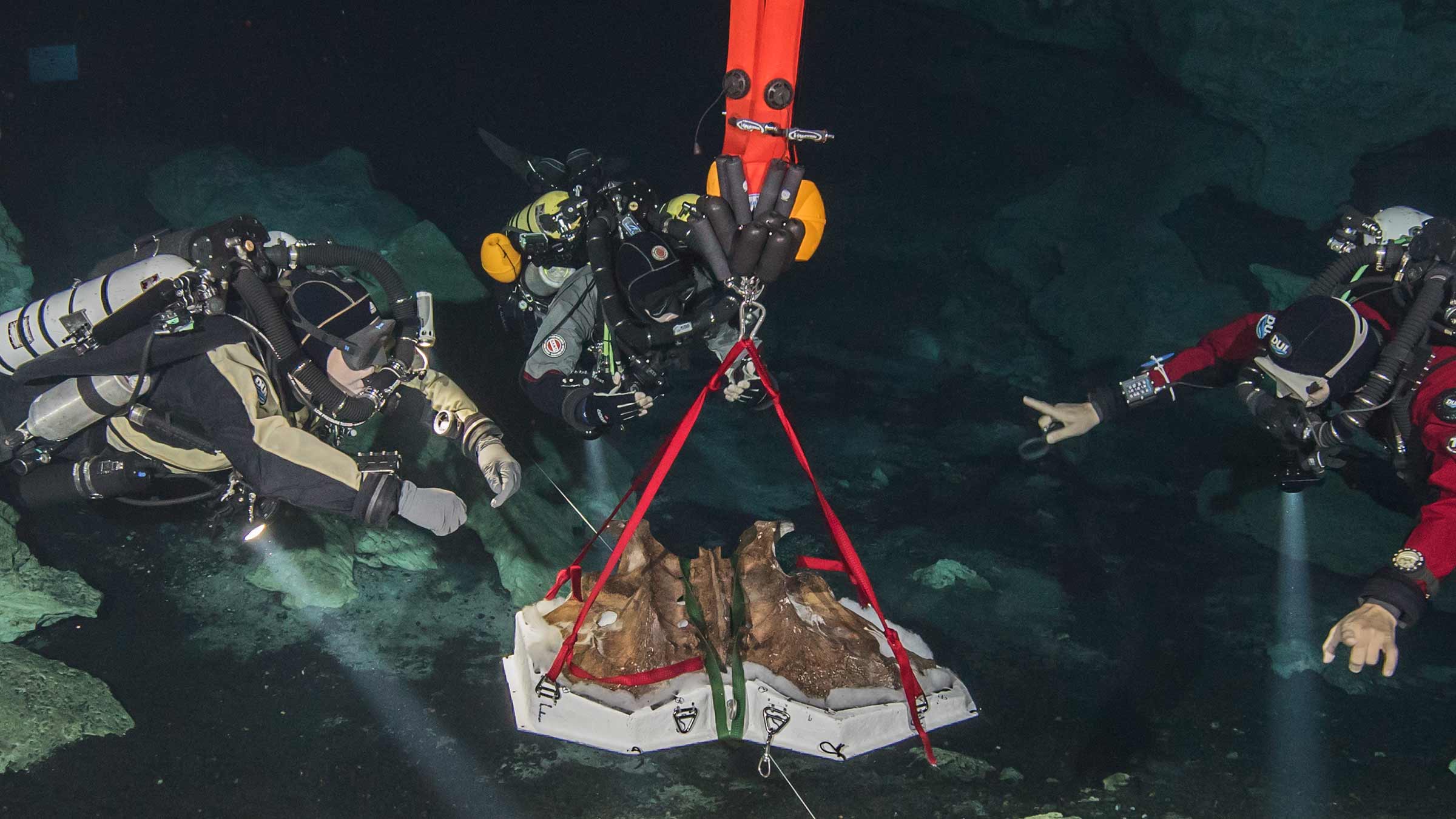
Cave divers carefully maneuver the giant ground sloth's pelvis through Hoyo Negro. Photo Credit: Sam Meacham, CINDAQ
Collaboration, innovation and technology enabled researchers to retrieve the 80-pound pelvis of a giant ground sloth, an elephant-sized animal that roamed the ancient Americas during the Ice Age. To recover the bones from their place in an underwater cave, scientists used a high-resolution, walk-in virtual reality facility called the SunCAVE, to plan the cave divers’ route. Today, the fossil is housed within Mexico’s National Museum of Anthropology.
Building a science bridge to the incarcerated
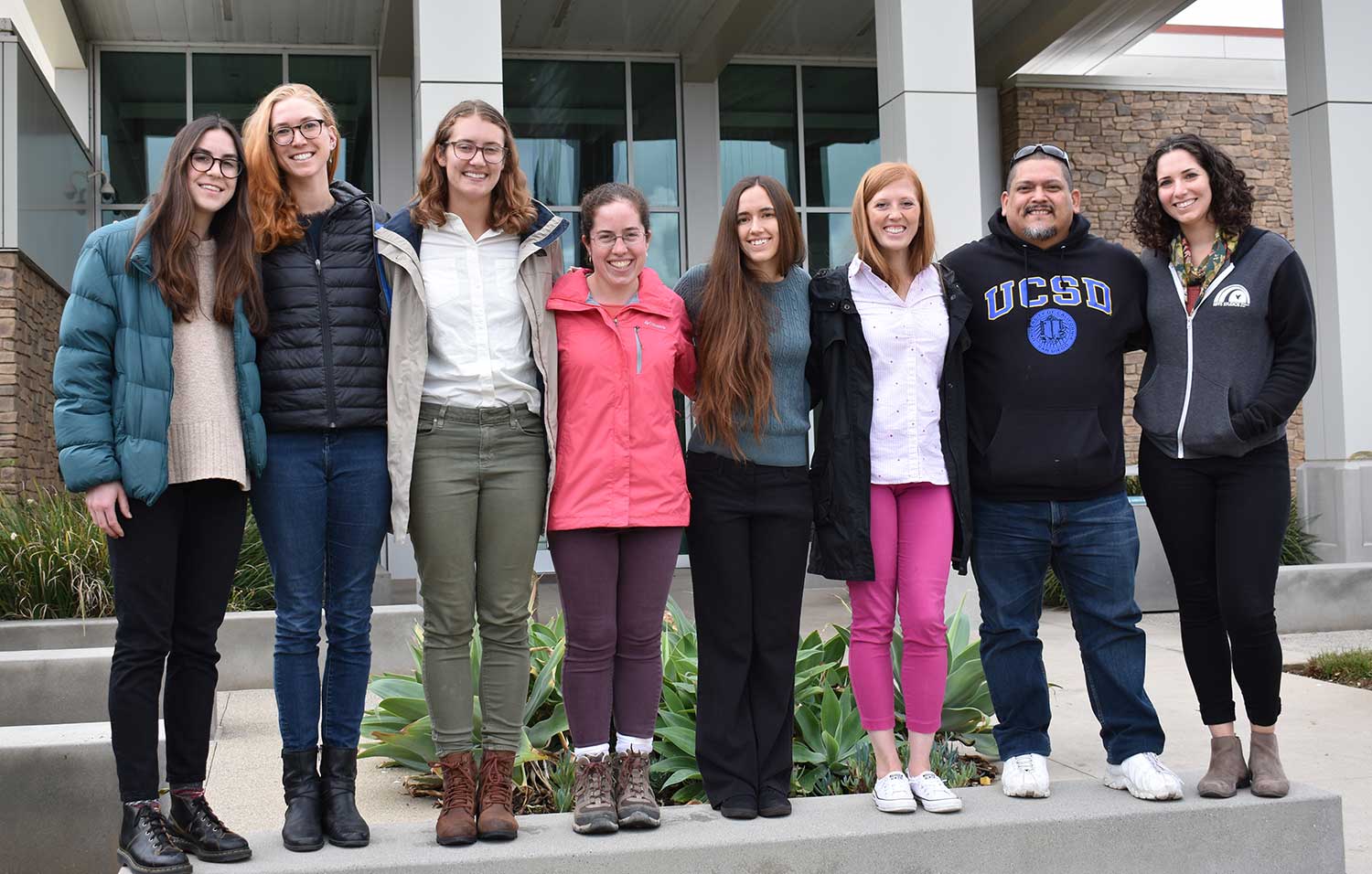
Members of the BioEASI jail science class program include (from left): Abigail Gillespie, Anna Guzikowski, Laura Beebe, Beverly Naigles, Alana Gibson, Julie Paxman, Beto Vasquez and Gabriela Goldberg.Photo taken prior to the start of the COVID-19 pandemic.
Graduate students conducted a nontraditional community outreach project that connects incarcerated adults to science education. The students initially led six bi-weekly lessons focusing on the science of DNA for a group of men convicted of non-violent crimes at East Mesa Re-Entry Facility in South San Diego, with additional topics and participants in the months that followed. Beyond building connections over science and education, the project seeks to create a pipeline from jail to higher education.
A path to success
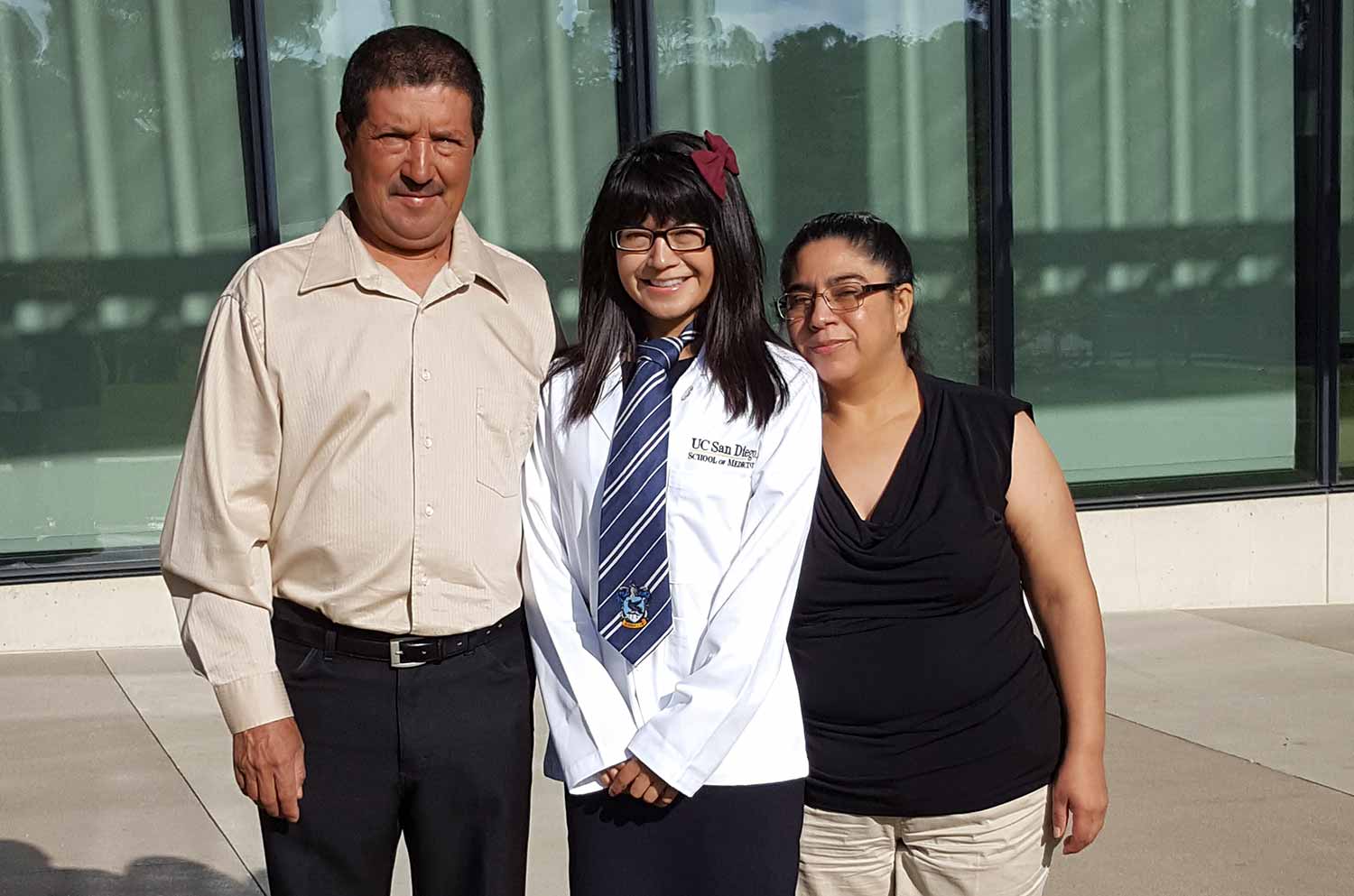
Maribel Patiño with her parents, Esteban and Amalia, at the White Coats Ceremony.
UC San Diego students are proof that your background does not define your future or determine your success. This year, formerly incarcerated physics scholar Sean Bearden was awarded a 2020-21 President’s Dissertation Year Fellowship. For first-generation college student Maribel Patiño, working as a farm laborer allowed her to learn about the health issues that vulnerable communities face and inspired her to pursue a career in medicine. Many times, it is student-focused programs such as the PATH program—Preparing Accomplished Transfers to the Humanities—that can help students overcome barriers and provide them with the support they need to succeed.
The show must go on(line)
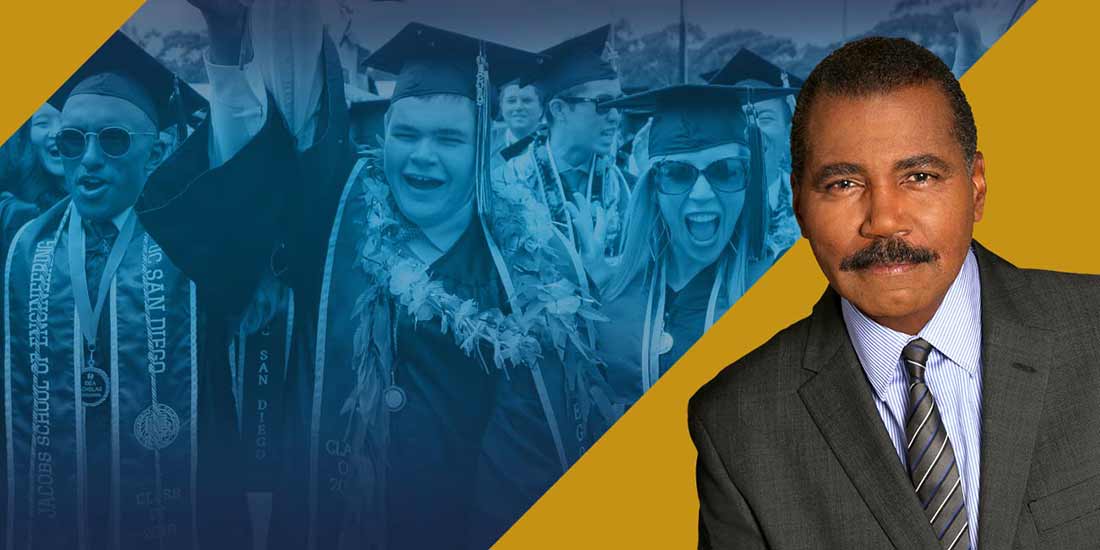
Amid COVID-19 and mandates for social distancing, UC San Diego honored its 2020 graduating class with the university’s first-ever virtual commencement ceremony. Celebrated CBS journalist Bill Whitaker delivered a keynote speech at the event, inspiring graduates to create meaningful change for ‘healing, rebuilding, re-imagining.’ To help the graduating class celebrate from home, UC San Diego’s virtual graduation included an assortment of online content such as an interactive yearbook and video messages from alumni.
Fostering an inclusive future
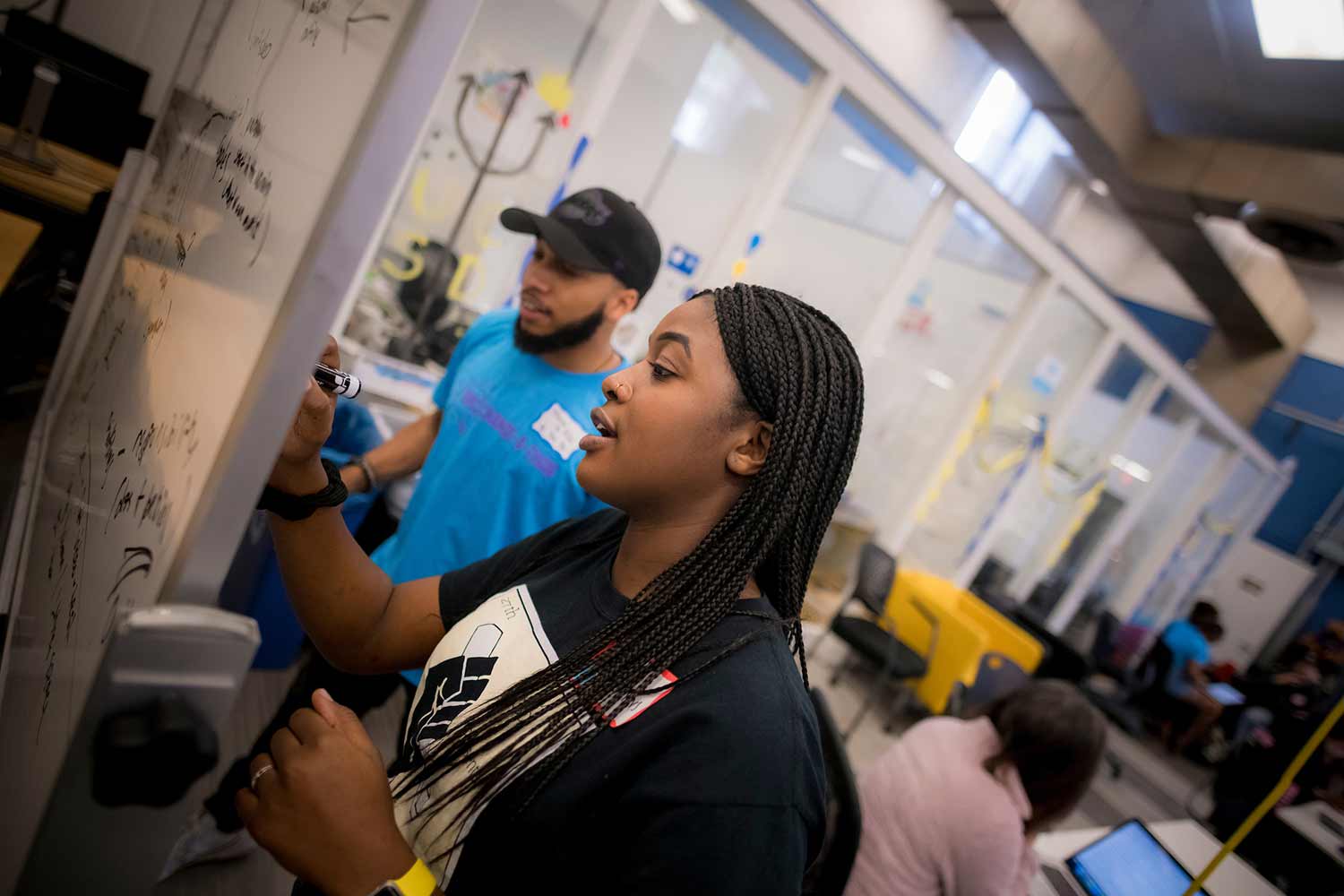
Photo by Erik Jepsen/University Communications
Chancellor Pradeep K. Khosla and Executive Vice Chancellor Elizabeth Simmons committed $2.5 million over the next five years to grow the campus’s Black Studies Project. The interdisciplinary initiative brings together faculty and students to examine, study and contribute to scholarship and mentorship focused on racial and social justice. Another important announcement this fall was the launch of a new program in Asian American and Pacific Islander Studies, allowing students to examine the art, literature, history and political struggles of peoples originating from East, Central, South and Southeast Asia, and the islands in the Pacific Ocean.
Cameras combat wildfires
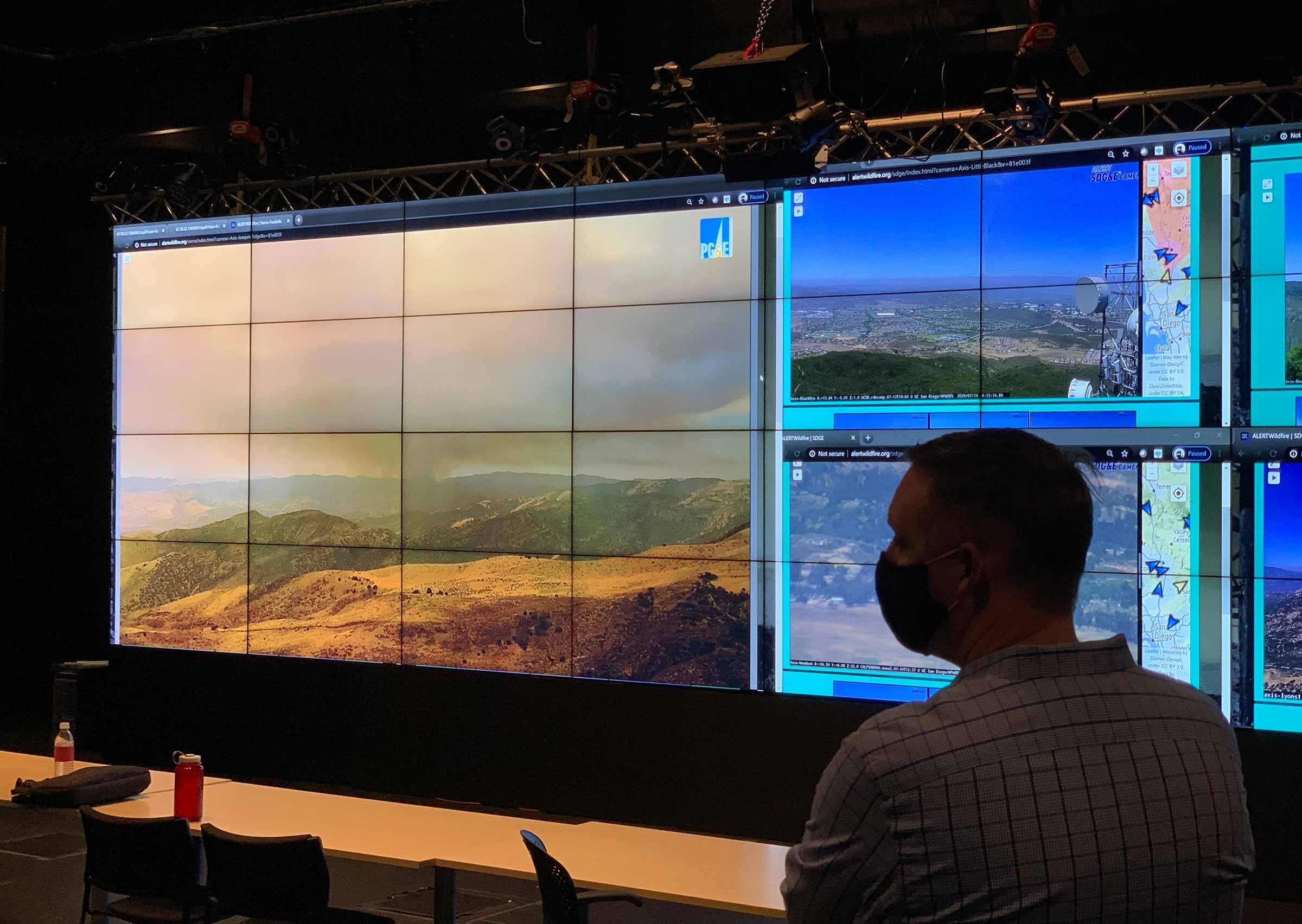
First responder observing real-time ALERTWildfire camera network feeds in UC San Diego’s VRroom.
As California reacted to a record-breaking fire season this year, the ALERTWildfire camera network reached a milestone: installing more than 650 cameras across California. The network serves as a critical tool for helping first responders confirm and monitor wildfires from ignition through containment. The high-definition cameras can perform 360-degree sweeps and provide 24-hour monitoring with near-infrared night vision capabilities, giving fire agencies the resources to make informed, quick decisions.
The move to Division I
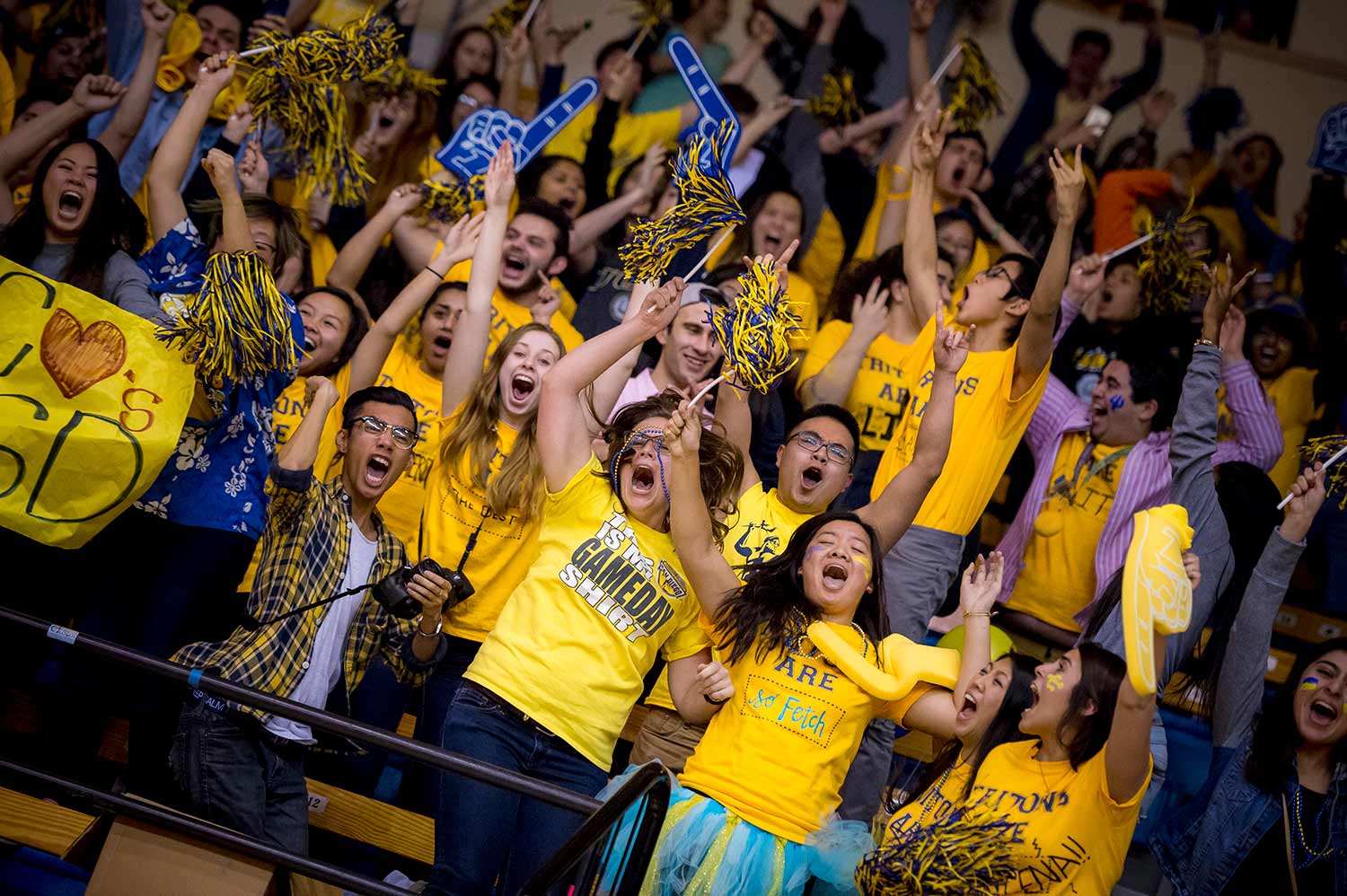
Photo by Erik Jepsen/University Communications
After two decades as one of the most successful programs in NCAA Division II, the UC San Diego intercollegiate athletics program reached a new milestone in 2020 as a member of the Big West Conference in NCAA Division I. This transition to the next level of collegiate athletics signifies not only the skill of the university’s scholar-athletes, but also their continuous drive for success in and out of the classroom. Among UC San Diego’s diverse roster of athletes is Jonathan Rodriguez, a cross country runner and aspiring data analyst who traveled to America to seek asylum at just eight years old.
A transformative gift to create a healthier world
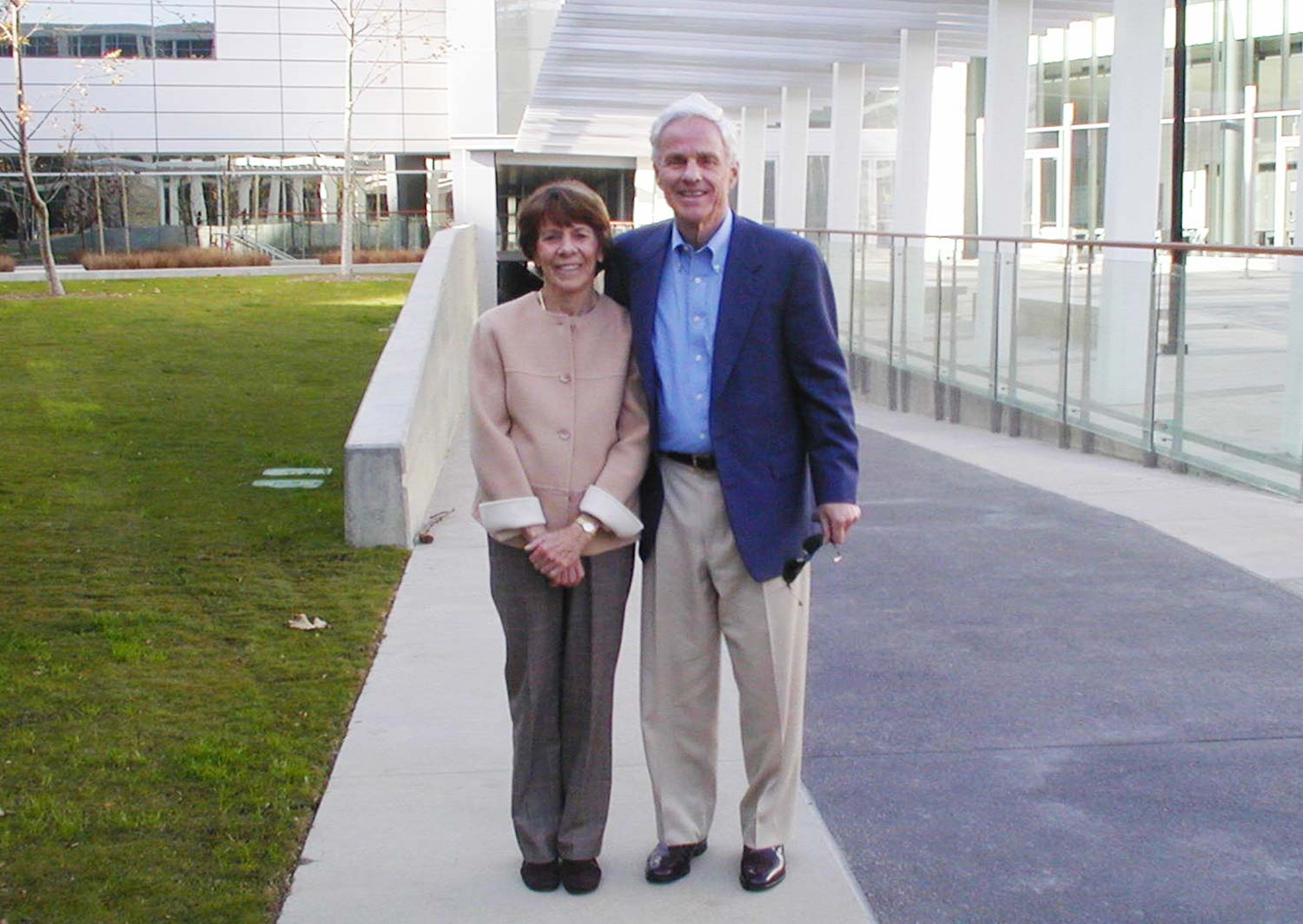
Courtesy photo
Former University of California San Diego Chancellor and UC President Emeritus Richard Atkinson and Rita Atkinson committed nearly $7 million via a charitable trust to establish and endow the Richard C. and Rita L. Atkinson UC San Diego Physician Assistant Education Program. The gift will allow the university to continue expanding its research and education efforts in public health while also helping to meet the local and state need for more medical professionals.
The marshmallow test revisited

Photo by iStock_max-kegfire
Psychologist Gail Heyman revisited the famed marshmallow test that examines a child’s ability to wait. What did she find? That young children will wait nearly twice as long for a reward if they are told their teacher will find out how long they waited. The surprise findings suggest two things: One, that preschoolers may care more about the opinions of others than previously known, and also that the classic test may be measuring more than just a child’s ability to exercise self-control.
Craft Center, restaurants create buzz on campus
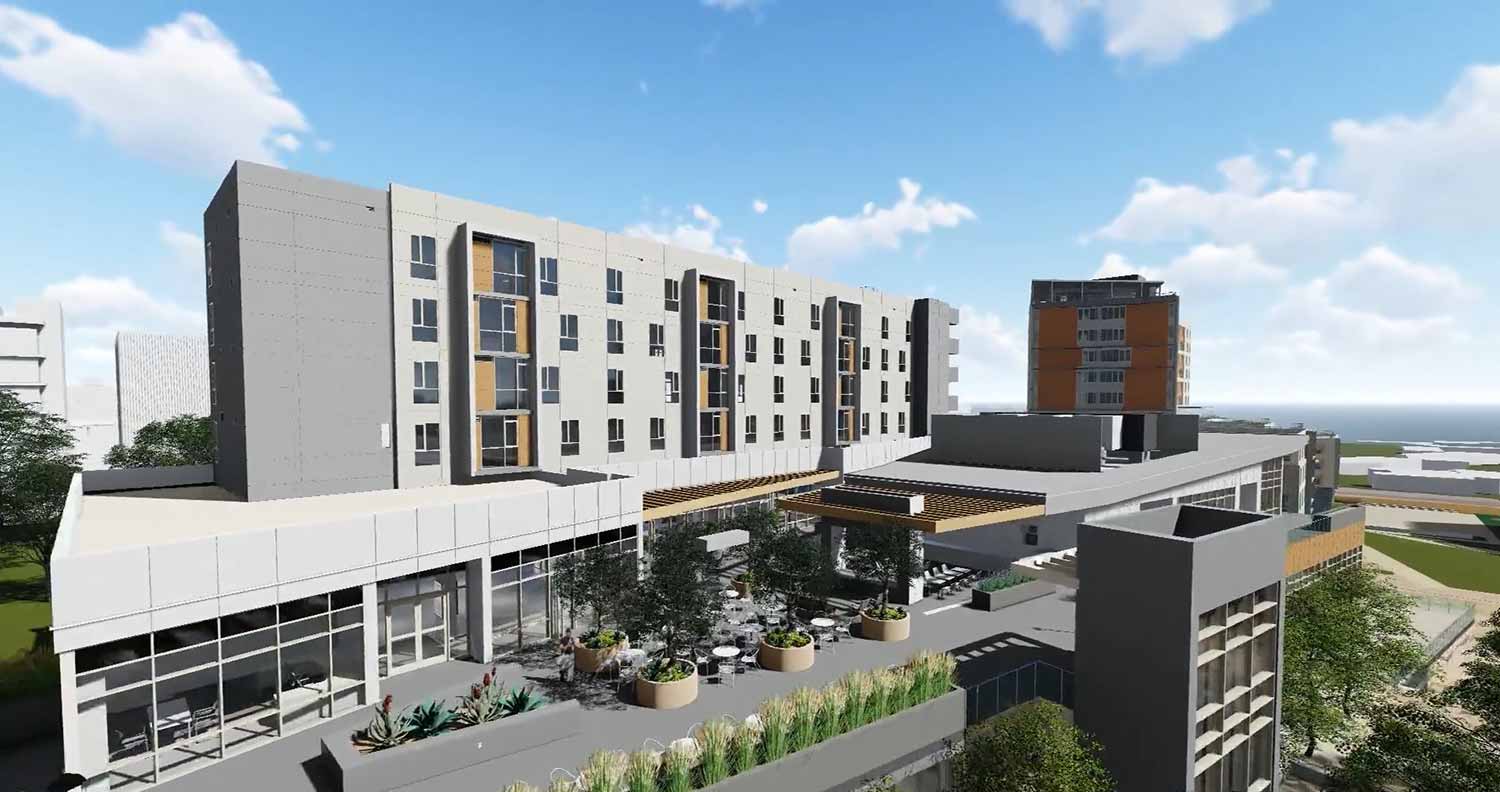
Craft Center rendering
The campus community is eagerly awaiting the return of the UC San Diego Craft Center, and was thrilled to hear that a new leader has been chosen to manage the beloved creative community hub. Equally exciting was the news about plans for the introduction of six buzz-worthy restaurants to campus, set to debut in 2021. Ranging from a create-your-own superfood bowl concept to a specialty café, the locally owned restaurants will be located in the new North Torrey Pines Living and Learning Neighborhood.
Meeting the academic and economic needs of the region

UC San Diego Extension continued its history of groundbreaking impact through an array of educational programs, impactful initiatives and civic engagement. This fall, Extension announced a $6-plus million tax credit award as part of a larger $36 million investment to help create a Workforce Development Accelerator and Community Arts & Culture Innovation Center located in the San Diego’s East Village neighborhood. Extension also received a $1.6 million gift to fund an innovative new initiative that will better prepare young adults for engineering and technical careers.
A new kind of homecoming
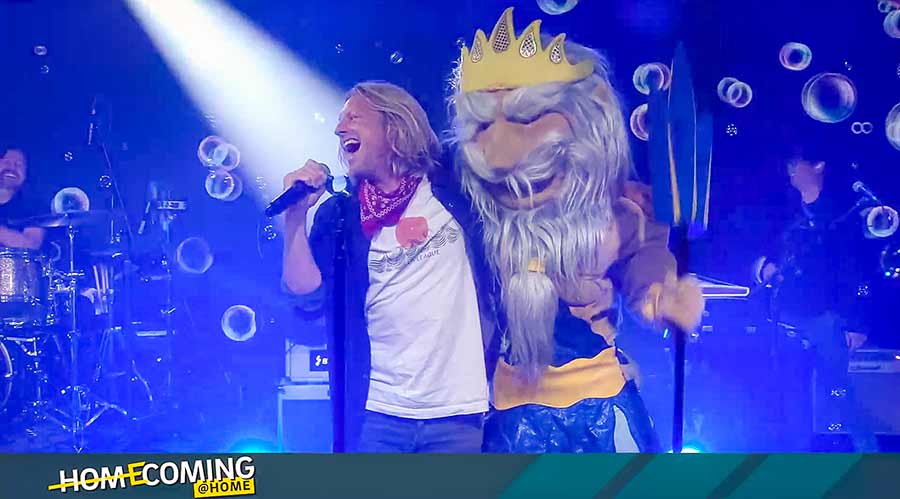
Even in these unusual times, UC San Diego’s all-virtual Homecoming experience allowed students, staff, faculty and alumni to revel in celebratory Triton spirit from home. This year’s creative programming and interactive festivities spanned across seven days, featuring six alumni reunions, 20 virtual events and 5,670 registered participants. Alongside virtual cooking demos and an Esports Tournament broadcast, the university hosted an exclusive live performance from Class of 1997 alumnus Chad Butler and his SWITCHOOT bandmates.
An architectural masterpiece turns 50
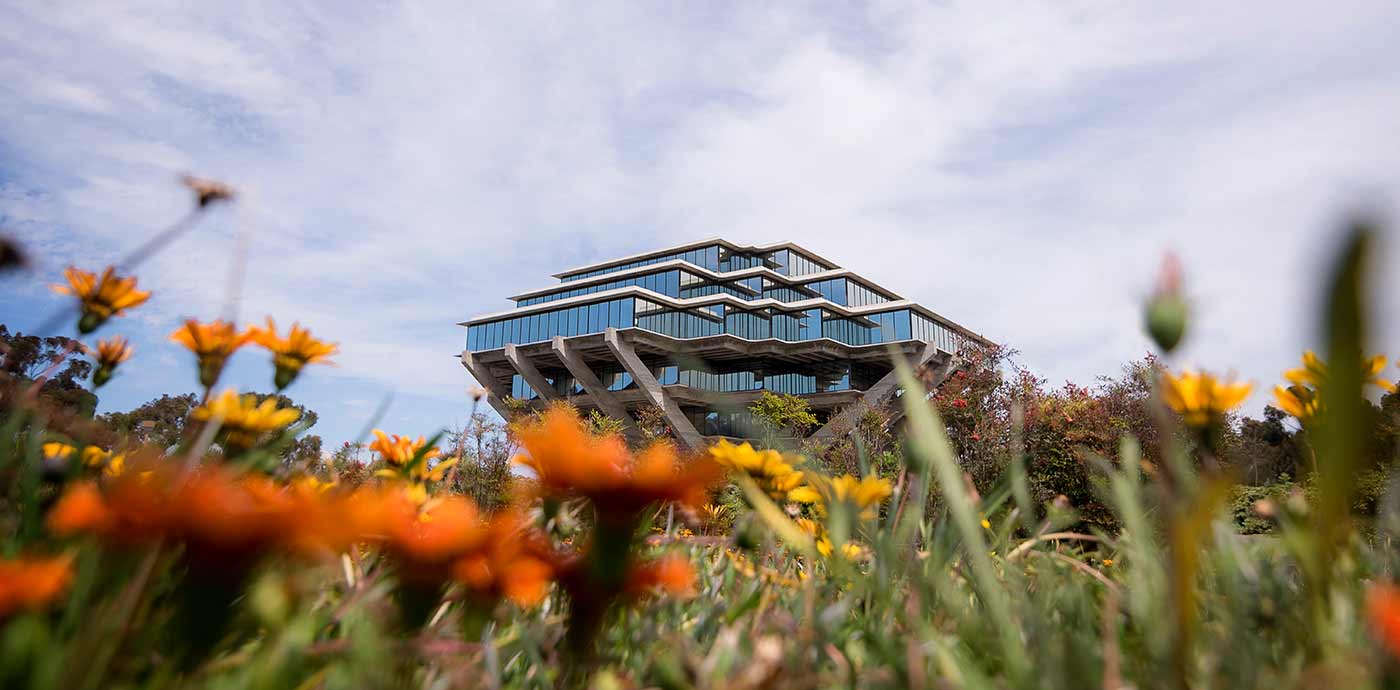
Photo by Erik Jepsen/University Communications
September marked the 50 year anniversary of the iconic Geisel Library building—widely considered the most recognizable building across the UC San Diego campus. Originally known as Central University Library, the architectural masterpiece was designed by architect William L. Pereira to be the university’s focal point and today welcomes an average of over 2 million visitors yearly. To commemorate its 1970 founding, the library kicked off a yearlong celebration featuring events with acclaimed American authors, esteemed architects and other notable speakers.
Globally-recognized research that drives social impact

Courtesy free photo
A paper co-authored by behavioral scientist Ayelet Gneezy was recognized by the Financial Times as having the highest social impact. Gneezy’s paper, “Brain Drain: The mere presence of one’s own smartphone reduces available cognitive capacity,” outlined how a smartphone can serve as a distraction when completing tasks that require memory and attention, even when the smartphone was off. Since its publication, the paper has been cited by other academic papers 227 times and received numerous media and social media mentions.
Share This:
You May Also Like
Stay in the Know
Keep up with all the latest from UC San Diego. Subscribe to the newsletter today.
